What is Fentanyl?
Fentanyl is a potent synthetic opioid drug approved by the United States Food and Drug Administration (FDA) for use as an analgesic (pain relief) and anesthetic.
Fentanyl is approximately 100 times more potent than morphine and 50 times more potent than heroin as an analgesic.
Why is Fentanyl so Dangerous?
Synthetic opioids are the most common drugs involved in overdose deaths.
Fentanyl is 50 times stronger than heroin and 100 times stronger than morphine, so only a small amount can kill someone.
Illegally made fentanyl (IMF) is mixed with other drugs like heroin, cocaine and methamphetamine or made into pills that resemble other prescription opioids.
The high potency of IMF significantly increases risk of overdose, especially if the user is unaware the drug contains fentanyl.
What Does Fentanyl Look Like?
Illegally made fentanyl (IMF) is available in different forms, including liquid and powder.
IMF is mixed with other drugs like heroin, cocaine and methamphetamine or made into pills that resemble other prescription opioids.
In liquid forms, IMF can be found in nasal sprays, eye drops, and dropped onto paper or small candies.
This picture shows a small amount of fentanyl in a crystalized form.
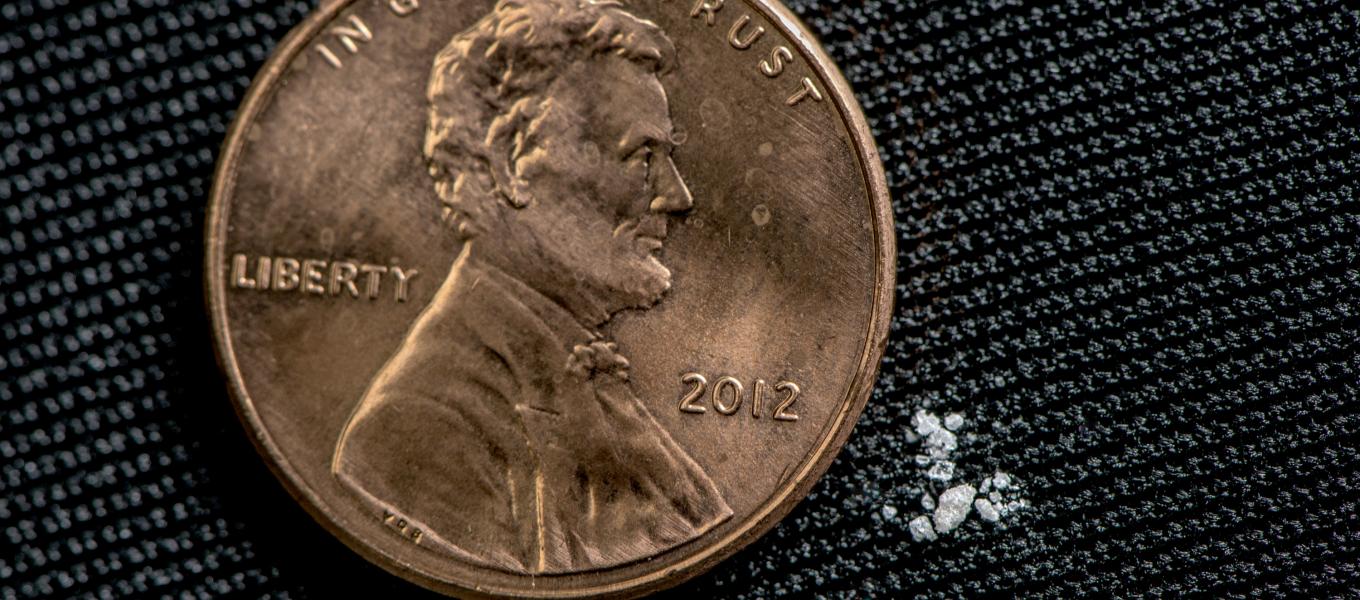
What Effect Does Fentanyl Have on the Body?
Fentanyl produces effects such as relaxation, euphoria (excitement or extreme happiness), pain relief, sedation (relaxation), confusion, drowsiness, dizziness, nausea, vomiting, urinary retention (unable to pee), pupillary constriction (pinpoint pupils), and respiratory depression (decreased breathing).
Drugs that cause similar effects include other opioids, such as morphine, hydrocodone, oxycodone, hydromorphone, methadone and heroin.
How is Fentanyl Abused?
Fentanyl can be injected, snorted/sniffed, smoked, taken orally by pill or tablet, and spiked onto blotter paper.
Fentanyl patches are abused by removing its gel contents and then injecting or ingesting these contents.
Patches have also been frozen, cut into pieces, and placed under the tongue or in the cheek cavity.
Illicitly produced fentanyl is sold alone or in combination with heroin and other substances and has been identified in counterfeit pills, mimicking pharmaceutical drugs such as oxycodone.
According to the National Forensic Laboratory Information System, reports on fentanyl (both pharmaceutical and clandestinely produced) increased from nearly 5,400 in 2014 to over 56,500 in 2017, as reported by federal, state, and local forensic laboratories in the United States.
What are Common Street Names for Fentanyl?
Apache
China Girl
China Town
Dance Fever
Friend
Goodfellas
Great Bear
He-Man
Jackpot
King Ivory
Murder 8
Tango & Cash
Fentanyl in Fake Medications
Illegally produced fentanyl is encountered either as a powder or in counterfeit tablets and is sold alone or in combination with other drugs such as heroin or cocaine.
The below images show the differences between legitimate medications and medications that have been counterfeit to include fentanyl.
Authentic (Real) Alprazolam (left) and Counterfeit (Fake) Alprazolam (right)
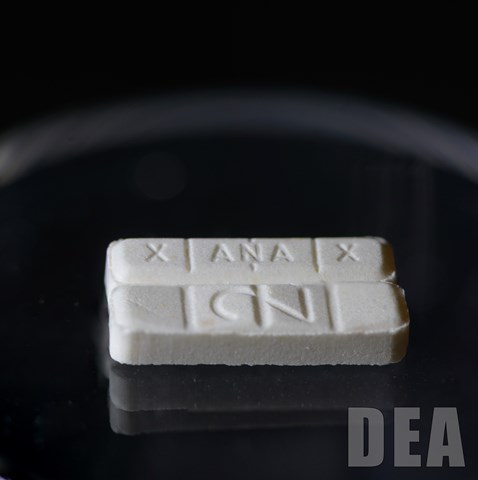
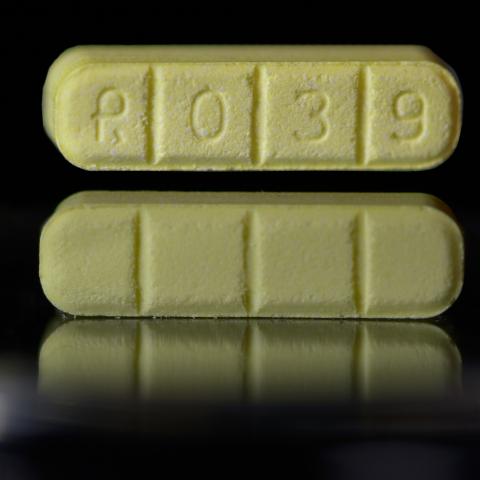
Authentic Alprazolams (above left) are depressants that are prescribed to produce sedation, induce sleep, relieve anxiety, and prevent seizures. Alprazolam is commonly prescribed as Valium®, Xanax® (pictured above), Restoril®, Ativan®, and Klonopin®.
Authentic (Real) Amphetamine (left) and Counterfeit (Fake) Amphetamine (right)
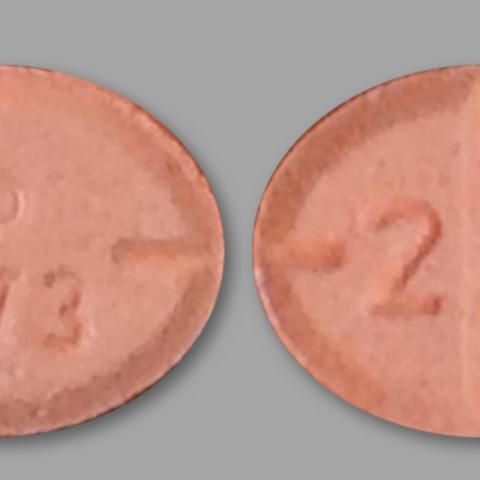
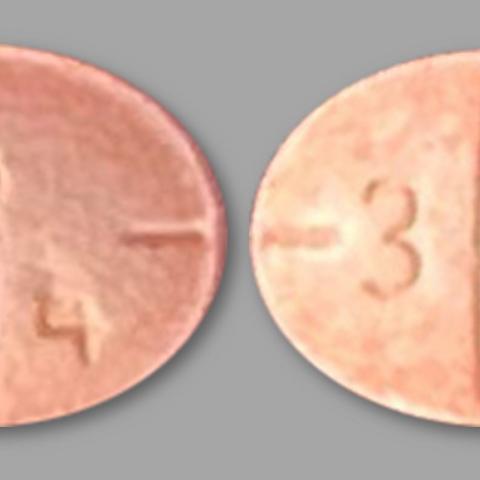
Authentic amphetamines (above left) are commonly prescribed to treat Attention-Deficit/Hyperactivity Disorder (ADHD). Amphetamines commonly prescribed are Adderall® (pictured above), Concerta®, Dexedrine®, Focalin®, Metadate®, Methylin®, and Ritalin®.
Authentic (Real) Oxycodone (left) and Counterfeit (Fake) Oxycodone (right)
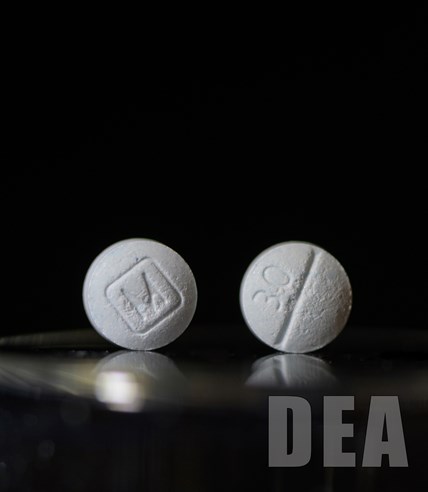
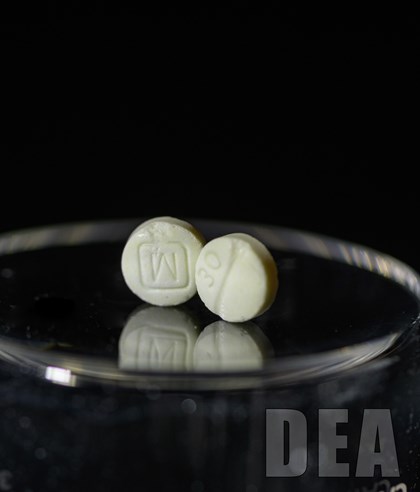
Authentic oxycodone (above left) are commonly prescribed synthetic opioids used to treat pain. Oxycodone (Oxycontin® or Percocet®) are commonly misused prescription medications.
